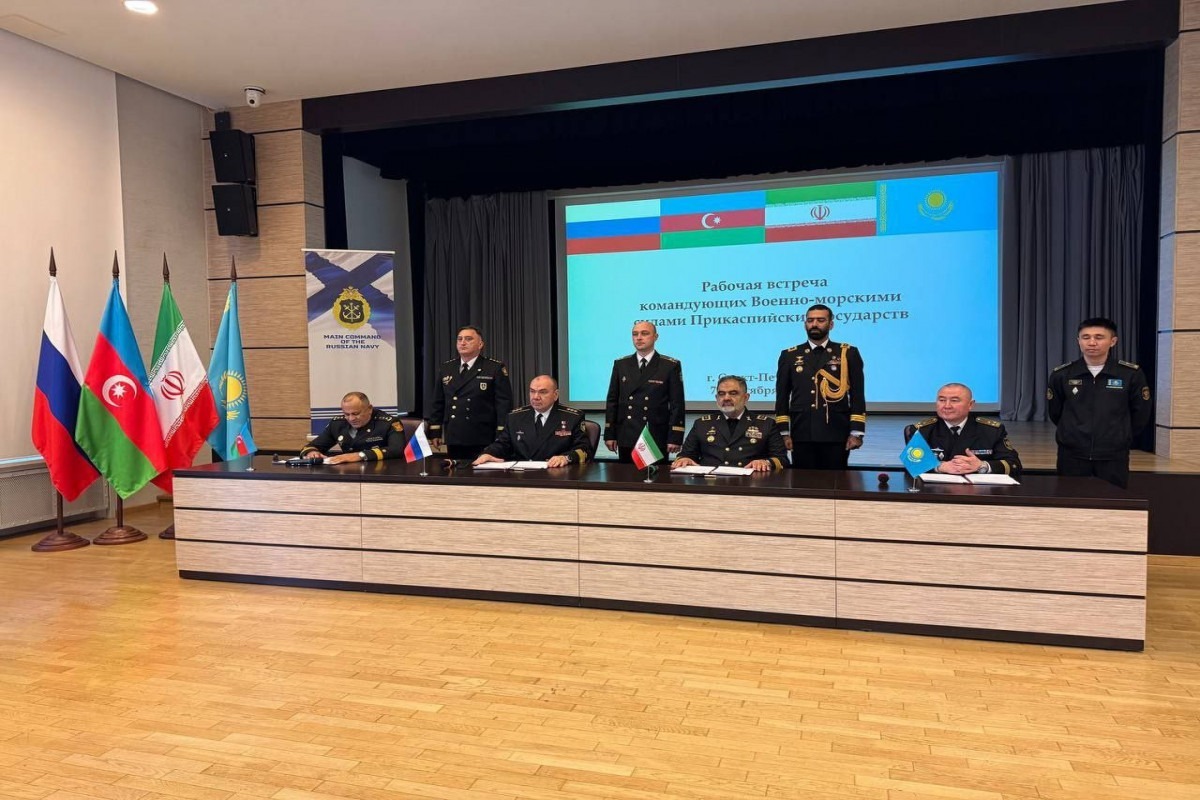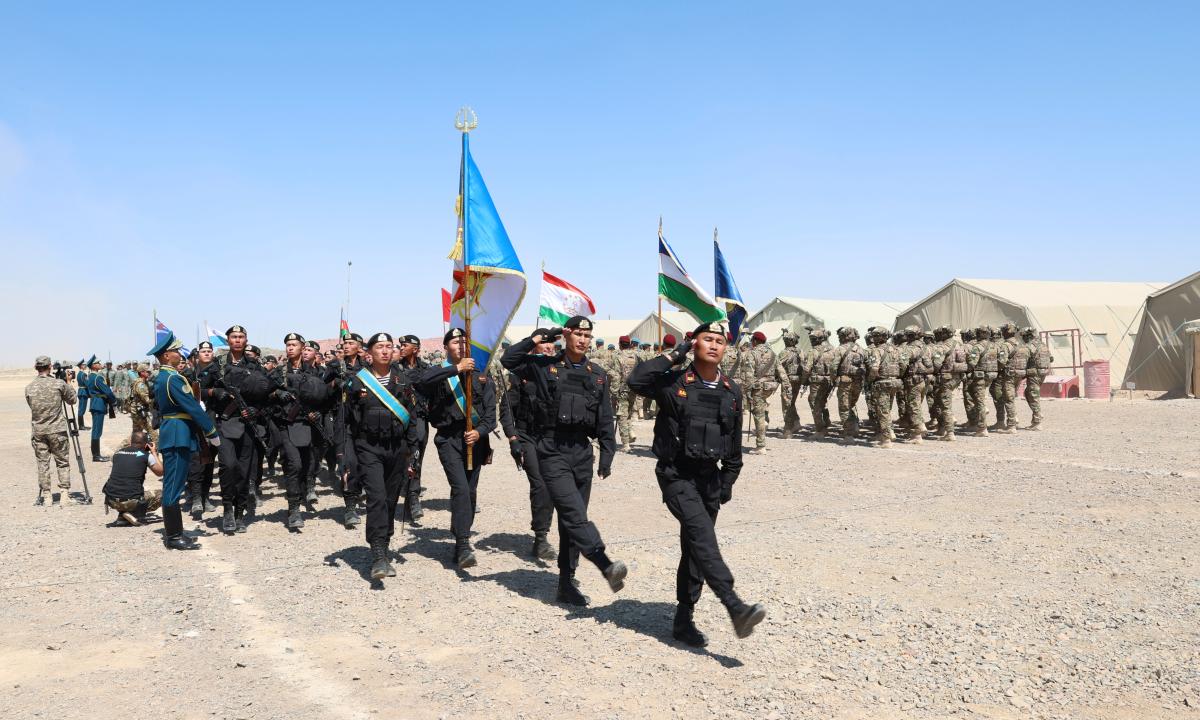
Tactical Reasons Behind Military Breakthrough in Karabakh Conflict
Tactical Reasons Behind Military Breakthrough in Karabakh Conflict
Azerbaijan and Armenia have been locked in fierce fighting in Karabakh since September 27. Unlike in most previous clashes over this Armenian-occupied Azerbaijani territory, the present conflict has involved heavy and sophisticated weaponry wielded by both sides, but especially Azerbaijan’s Armed Forces. And while the ongoing violence is essentially a conventional war fought by two professional armies, the presence of new generation, hi-tech weaponry has sharply increased its destructive potential.
Videos released by the Ministry of Defense of Azerbaijan since the conflict began suggest that the Azerbaijani military has all along had the upper hand on the battlefield thanks to the employment of Israeli- and Turkish-produced unmanned aerial vehicles (UAV), long-range missiles and air-defense systems. The Azerbaijani forces made particularly effective use of Israeli drones including the Harop (loitering-munition) and the long-endurance Heron tactical UAV; more recently, the country also acquired Turkish Bayraktar TB2 combat drones armed with four MAM-L laser-guided smart munitions, developed by Roketsan (Asian Military Review, March 25, 2019). The deployment of vast numbers of combat UAVs above the battlefield has significantly boosted Azerbaijan’s tactical gains, while limiting potential human casualties.
In contrast, Armenia’s air-defense systems, consisting mostly of Russian-made S-300, OSA and TOR surface-to-air missile (SAM) systems have repeatedly proved to be glaringly vulnerable and ineffective against Azerbaijan’s Israeli and Turkish UAVs (Azeridefence.com, September 27). The most significant weakness in the Russian-produced defense systems appears to be their radars’ inability to track these advanced, high-accuracy drones. However, tactical innovations on the part of Azerbaijan have additionally undermined the Armenian air-defense units’ performance.
In the first days of the war, President Ilham Aliyev publicly acknowledged that use of Turkish-made UAVs on the front lines “empowers us” (Twitter.com/ragipsoylu, October 5). Yet Azerbaijan’s success comes not just from advanced technology but also superior tactics. In addition to combat drones, Azerbaijani forces operate Soviet-era An-2 Colt transport planes fitted with remote-control systems to draw fire from Armenian air defenses. Armenian-released videos document the destruction of at least seven such sacrificial unmanned biplanes flown by the other side, often shot out of the sky by Armenian troops using man-portable surface-to-air missiles (Defense-Blog, Public Radio of Armenia, October 2).
More broadly, Azerbaijan adopted a new war strategy: instead of a traditional blitzkrieg, its forces have relied on intensive and accurate artillery strikes targeting Armenian fortified defense lines. This approach reduces human casualties and overcomes the vulnerability of extended supply lines. At the same time, it quite clearly resembles the war doctrine adopted by most North Atlantic Treaty Organization (NATO) armed forces, thus highlighting the degree to which Azerbaijan perceives NATO-member Turkey as its role model for building a modern, mobile and more effective military (see EDM, October 15).
Unlike its prevalent reliance on drones, Azerbaijani use of attack helicopters during the current conflict has been rather limited. Instead, massive ground attacks have been conducted by Azerbaijan’s T-72 (Aslan modification) and T-90 main battle tanks as well as self-propelled howitzers, like the Czech-produced DANA (152-millimeter) and Russian-made 2S1 Gvozdika (122-millimeter) systems. Although, Baku has not officially admitted to deploying DANA howitzers to the battlefield, Turkish television channel TV1000 filmed a number of these self-propelled artillery pieces operating on the front lines (Lenta, October 9).
Armenia accuses Turkey of having supplied Azerbaijan with additional weaponry days before the conflict erupted; but in fact, discussions between Ankara and Baku on the acquisition of armed drones were reportedly held at least as early as June 2020, during Azerbaijani Defense Minister Zakir Hasanov’s official visit to the Turkish capital (Daily Sabah, June 23). Moreover, in January–February 2020, Azerbaijan’s defense-related imports from Turkey increased by 39.85 percent, year on year, reaching $88.675 million (Azernews, February 14).
In addition to advanced UAVs purchased from both Turkey and Israel, Azerbaijani forces have actively employed Israeli air-defense systems like the Barak-8 and Iron Dome to prevent missile bombardments launched from Armenian territory against the strategically important city of Mingachevir (Daily Sabah, October 4). And on October 3, Azerbaijan’s military deployed the highly accurate long-range ballistic missile system LORA, acquired from Israel in 2018, to take out a bridge along the Gorus–Lachin road, linking Armenia to the Karabakh region (Jerusalem Post, October 3).
Yet despite these advanced Turkish- and Israeli-acquired weapons on the Azerbaijani side, in fact both warring rivals continue to extensively rely on many of the same Russian-supplied armaments, such as Smerch and TOS-1 multiple-launch rocket systems (MLRS), S-300 SAMs, T-72 tanks, BMP combat vehicles, Su-25 ground-attack aircraft, Mi-17 and Mi-35 helicopters, Tochka-U tactical ballistic missiles, and so on. On the second day of fighting, the Armenian defense ministry accused Azerbaijan of indiscriminate use of TOS-1 flamethrower MLRSs, referring to video footage; Baku denied the charge (News Break, September 28). On the other side, Azerbaijan accused the Yerevan-backed Karabakh separatist forces of firing Smerch missiles at civilian settlements outside the conflict zone, which Armenia also denied (TASS, October 4).
To date, Azerbaijani forces have advanced on the Lachin district and have been shelling the strategically important land corridor linking Karabakh with Armenia. Baku has also seized Fuzuli, Jabrayil, Zangilan and several settlements in Gubatly district, thus securing full control over the Iranian-Azerbaijani border for the first time in nearly 30 years (TASS, October 22). Azerbaijan’s military is now closing in on the important cultural center of Shusha and the Karabakh capital of Khakhendi. Since the start of the clashes, Armenian forces suffered significant losses of military vehicles and weaponry hit by Azerbaijani UAVs. According to data released on October 23, Armenia lost 241 battle tanks, 4 S-300s and 2 Scud (Elbrus) tactical missile systems; while Azerbaijani troops captured 39 tanks and 24 BMPs (Sputnik News, October 23; YouTube, October 9).
As for Azerbaijan, the country has still not reported on its military losses, except for civilian casualties in Ganja and Tartar. The authorities assert they will announce all casualty figures once a ceasefire is reestablished. Though one independent source claims that Azerbaijan lost, among other vehicles and equipment, at least around 24 drones (including a Bayraktar TB2 UAV) and 26 tanks (Oryx, accessed November 3). No reliable data exists regarding troops killed in action, but Russian President Vladimir Putin recently stated “there are more than 2,000 dead” on both sides (JAM News, October 23). Meanwhile, the Armenian defense ministry confirmed 967 service members killed (Defence.az, October 24). As long as outside powers physically stay out of the conflict, Azerbaijan’s battlefield momentum is likely to remain unchanged. And this means that any future ceasefire will only endure on Baku’s terms.


